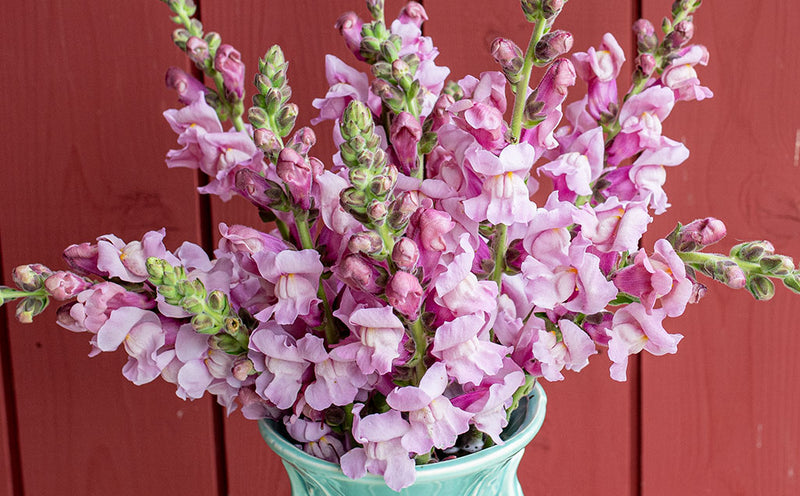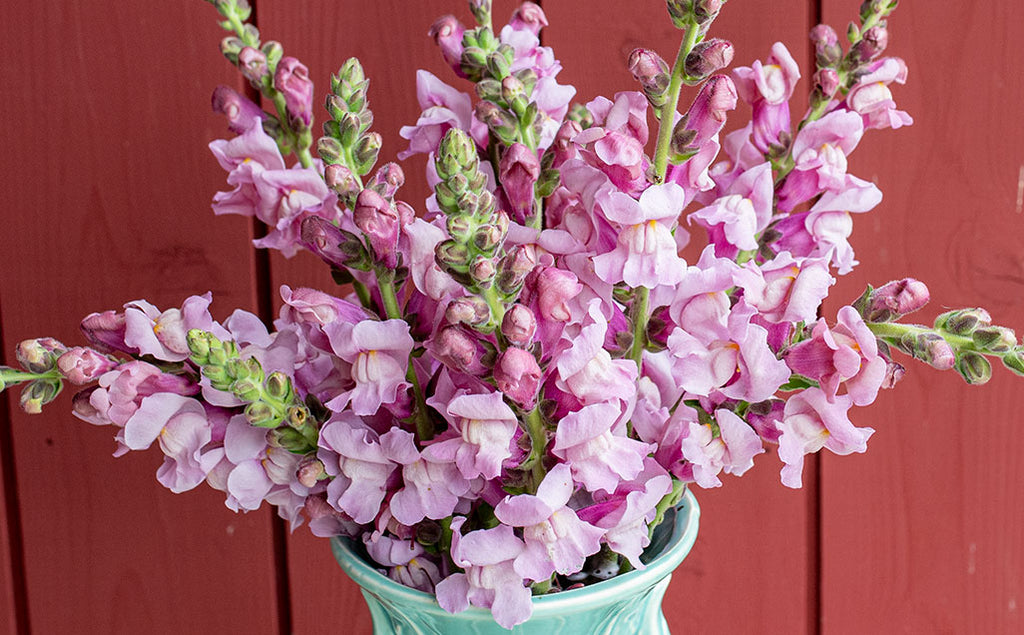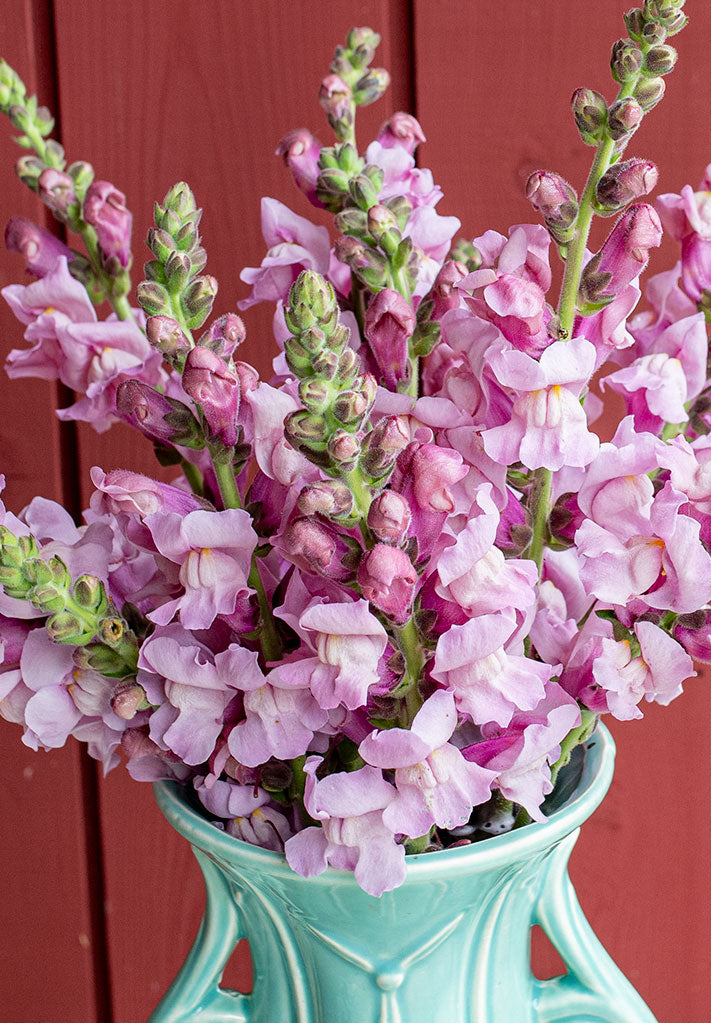A few summers ago, we took a dip into the sea of foliage and froth of flowers that is known as the English cottage garden. In every garden we visited, lush leaves caught the suns rays while determined tendrils grasped nearby twigs or a fellow plant, to grow ever higher, all to catch a few more rays. Flowers advertised their charms to passing bees with, to us, unseen ultraviolet stripes and bulls eyes announcing the location of their sweet nectar and pollen. It was all very heady.
The English gardens we visited took a cue from their ancient horticultural roots by mixing the useful plants that give us good food and spices with the beautiful and purposeful bee-attracting flowers that we all love.
Once all gardens everywhere were like these, enclosures brimming with a diversity of fruits, flowers, herbs and vegetables, poultry, and perhaps beehives, too. Organically grown, of course, the nourishing soil the roots of their healthy food and ecosystems.
The New Cottage Garden
Soft rosy 'Dara' queen anne's lace and pastel pink nicotiana mingle with spires of whites napdragon, Ammi and more in a restful cottage garden that beckons visitors to stay awhile. (Garden above RHS Hyde Hall)
Graceful towers of pale yellow Rugose Hollyhock are interwoven with Queen Anne's Lace 'Dara'.
When you think of English gardens, sweet peas are a staple. Heirloom 'Painted Lady' twirls up this rustic twig trellis with abandon.
The Kitchen Garden
Combine vegetables in the same plot with the fragrance and beauty of edible flowers and herbs plus your favorite annual flowers. They share the same need for full sun, good loamy soil and regular water. Grow a diversity of herbs and flowers and bring good bugs such as ladybugs, lacewings, and parasitic wasps to your plantings. (Garden above West Dean Gardens)
A dramatic bolted lettuce 'Merlot' stands among edible companions Amaranth, parsley and kale.
Attract pollinators to your vegetables and increase fruit set by planting Borage, add edible Calendula attracts beneficial insects.
The Perennial Cottage Garden
A lush, billowing garden full of cottage garden perennials that beat the heat are mainstays of American gardens too! (Garden above Royal Botanic Garden, Kew)
A whimsical perennial boder including Pimpinella and blue Agastache.
Sunset layers of color inclue Yarrow, Allium, Pale Purple Coneflower and Verbascum in this perennial border.
The Hot Color Garden
English gardener and prolific writer Gertrude Jekyll was a master of choosing flower colors and foliage companions with the eye of an artist, and her legacy lives on. Above, a hot color border at West Dean Gardens.
A Victorian style oval bed filled with intense colors or orange, deep purple, red, lavender and white. Tithonia 'Torch', Tall Verbena And Castor Oil Bean 'New Zealand Purple' star in this annual bedding arrangement.
Spanish Flag on a conical trellis makes fora vibrant focal point, with red Castor Oil Bean, Tithonia, Marigolds, Gaillardia, red California Poppy and Verbena rigida all gracefully enhancing its beauty.
The Dry Garden
Not ones to rest under their yews, English gardeners are designing and planting resilient gardens that thrive with little care and sometimes even less water. This dry garden is one of our favorites, and easy to grow too! (Garden above RHS Garden, Hyde Hall)
Globe thistle's spiky blooms and jagged foliage add interesting texture to borders, as well as attract bees and butterflies, all without demanding much for care or water.
A gently sloped hillside garden, with vertical layers of Verbena bonariensis, Guara, Eryngium, Rusty Foxglove and Giant Feather Grass.





























